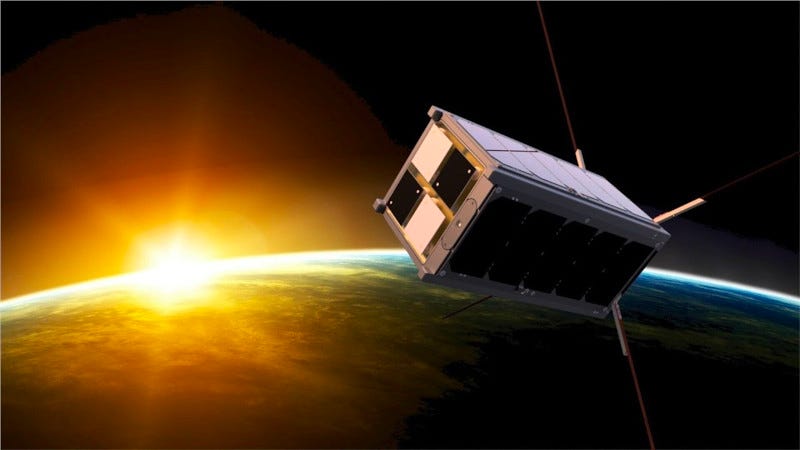Ireland's First-Ever Satellite Arrives in Orbit
SmallSatLaunched on SpaceX Rideshare Mission from California
Six years of hard work and dedication paid off in spectacular fashion December 1 as the Educational Irish Research Satellite, EIRSAT-1, successfully lifted off from Vandenberg Space Force Base, California. Hitching a ride on a Space-X Falcon-9 launcher, the tiny satellite – measuring just 10.7cm x 10.7cm x 22.7cm – is Ireland’…
Keep reading with a 7-day free trial
Subscribe to The Journal of Space Commerce to keep reading this post and get 7 days of free access to the full post archives.



